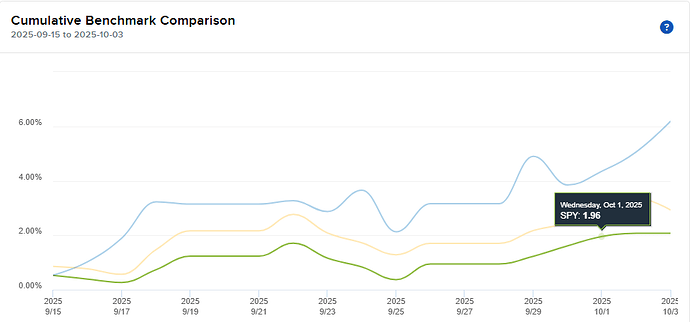What does it mean when the prices of all assets are rising together to record highs?
Stocks. The Price-to- earnings ratio based on average inflation-adjusted earnings from the previous 10 years, known as the Cyclically Adjusted P/E Ratio (CAPE Ratio)is over 40, compared with the long-term median of 16.
Bonds, including Treasuries and junk bonds. The junk bond spread is low.
Gold, silver, copper, oil, bitcoin.
Housing.
USD is stable. The Fear & Greed Index is neutral but the trade is risk-on.
The Federal Reserve is shedding assets so the money isn’t coming from the Fed.
The Chicago Fed’s National Financial Conditions Index (NFCI), which provides a comprehensive weekly update on U.S. financial conditions in money markets, debt and equity markets, and the traditional and “shadow” banking systems, shows very loose conditions.
The only way that all assets can rise together is on a wave of borrowed money.
The Shadow Banking System creates lending money through a process known as credit intermediation that operates largely outside of traditional, regulated banks. This is achieved primarily through a combination of maturity transformation and securitization which generates highly liquid, short-term debt instruments that are used as “money-like” funding for longer-term, riskier lending. Shadow banking entities often employ leverage and a process called rehypothecation to magnify their lending capacity.
Remember that this isn’t “real money” like cash. It’s “funny money” that is created without regulation. If the market turns from risk-on to risk-off the demand for long-term loans could evaporate and the value of the loans could go “poof!” overnight. Crashes have followed manias many times before, wiping out both the borrowers and the lenders. (cf. “Manias, Panics and Crashes,” by Kindleberger.)
According to Doug Noland at the Credit Bubble Bulletin:
On the one hand, so long as the AI mania spell holds, underlying sector Credit quality might not play much role. The lack of “private Credit” transparency may remain a non-issue. On the other hand, when the market environment turns south and folks start to fear deteriorating economic, market, and Credit prospects, I expect a much more circumspect view of “private Credit,” leveraged lending, structured finance, and AI-related finance more generally. Q3 exuberance ensured fading memories. But early April provided inklings of things – like risk aversion and deleveraging - to come… [end quote]
Doug Noland’s concern is contagion. That’s what happened in 2007-2008 when failure and default in some sectors of the loan market caused lenders to become more risk averse and raise yields in supposedly safer areas. The spreading risk aversion shows in the Financial Stress chart.
A huge amount of private credit today is opaque and illiquid. The size of the private credit market is estimated to be north of $1 Trillion. The companies list the values at much higher than market prices in many cases so investors (lenders) could panic if they try to withdraw their money only to find that it’s frozen.
At the moment that’s not happening. Financial Stress is very low.
The markets showed virtually no reaction to the government shutdown.
The METAR for next week is sunny. The bubble continues to inflate.
Wendy


